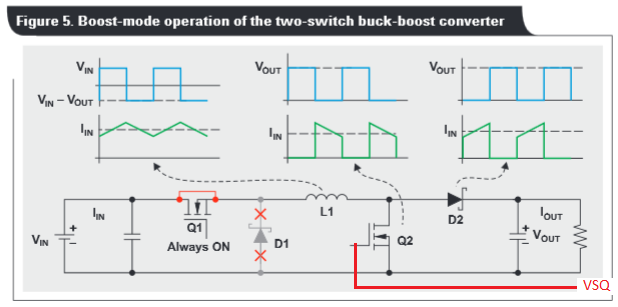I need a mosfet driver that the input duty cycle can be 100%. I use LM2726 right now, but when the input duty cycle is 100%, something wrong. I can't find any choice, could you give me an suggestion.
-
Ask a related question
What is a related question?A related question is a question created from another question. When the related question is created, it will be automatically linked to the original question.



